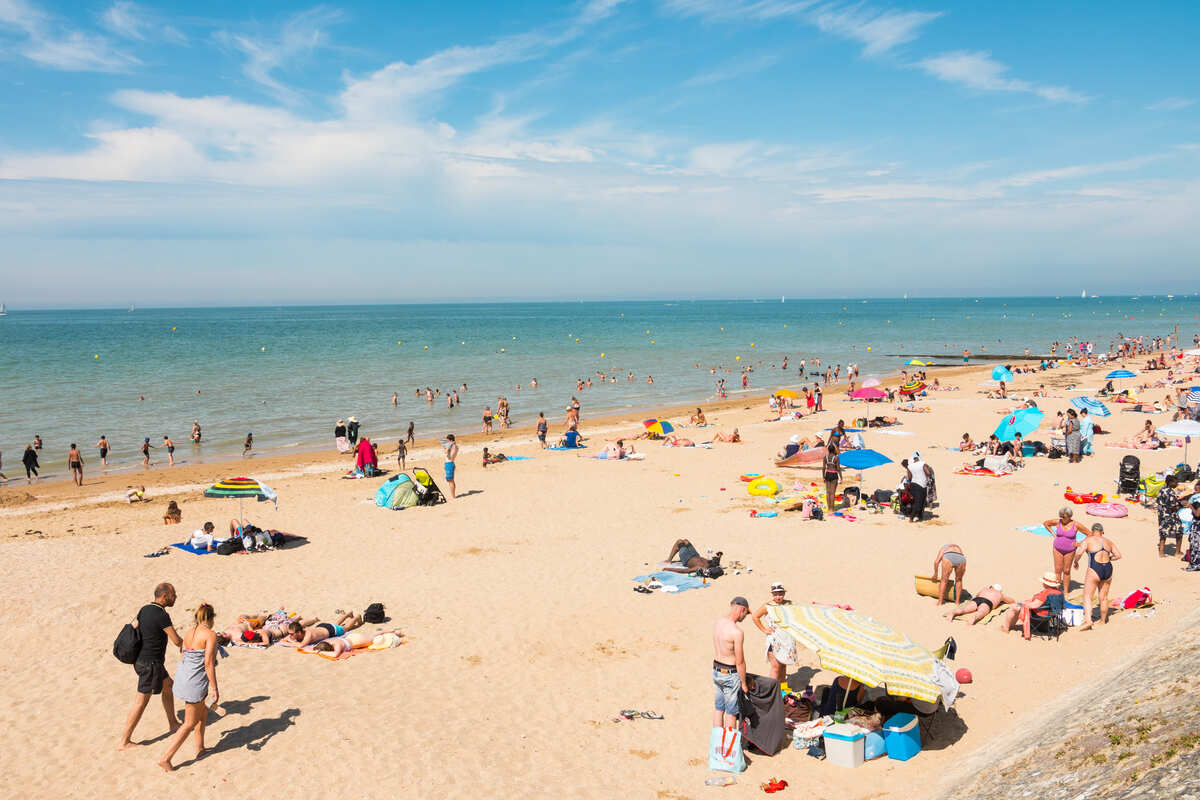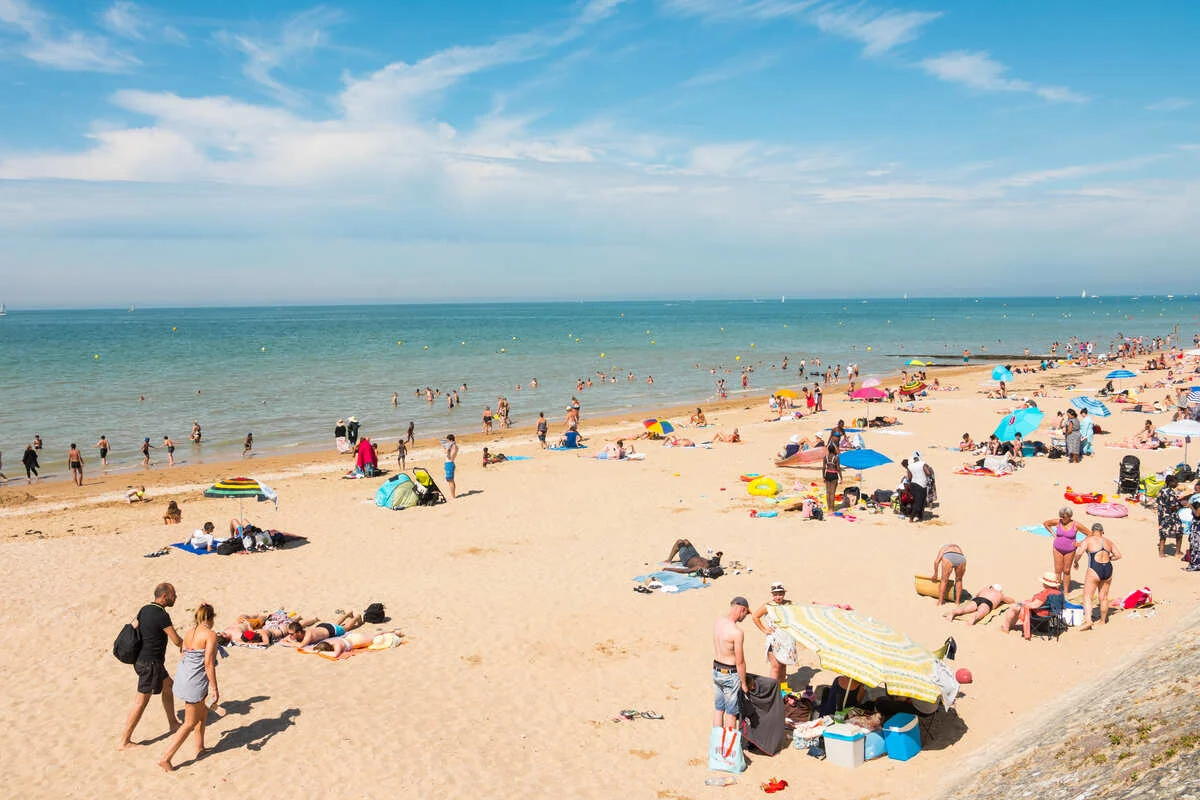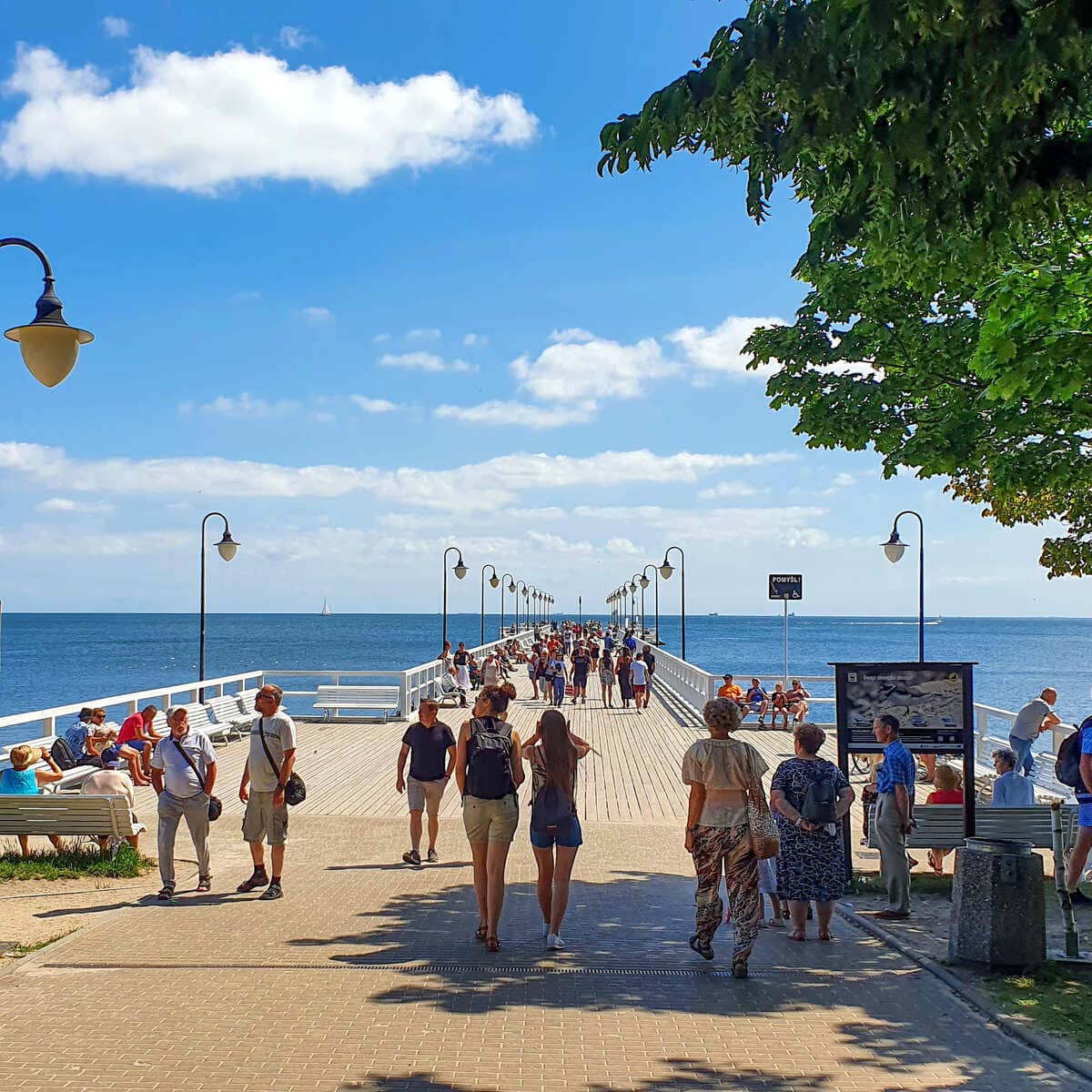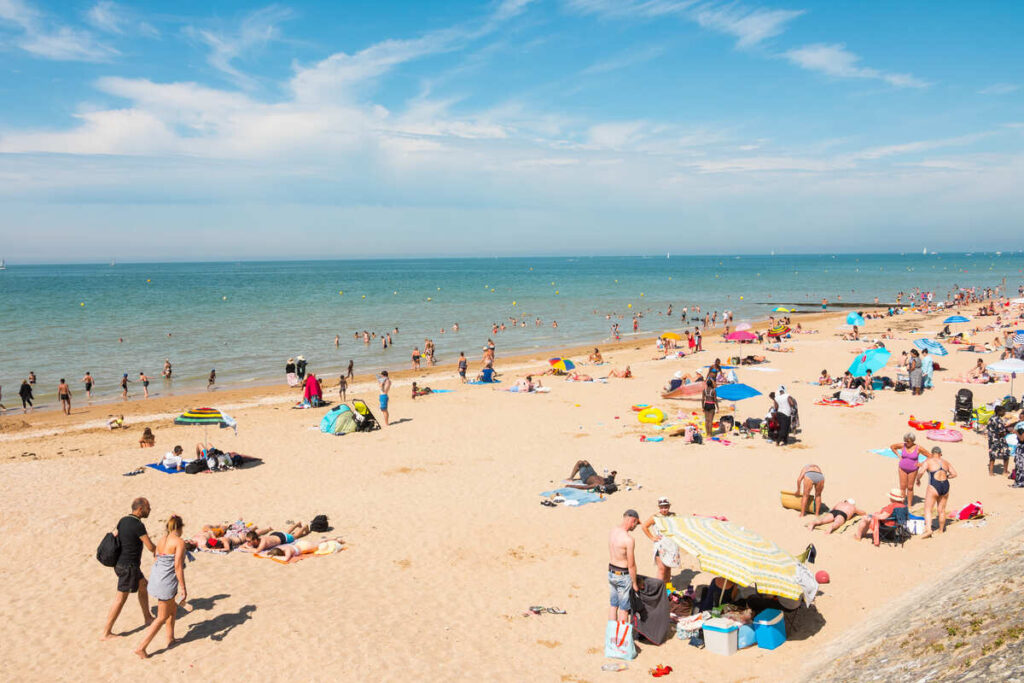Travel Guide
Forget The Mediterranean! 5 European Beach Destinations That Won’t Be As Unbearably Hot This Summer
The Mediterranean is the number one destination for Americans crossing the pond this season: after all, it’s home to all of the most popular European beach hotspots, from Spain’s resort-lined Costa del Sol, down to Italy’s trendy Amalfi Coast.
Beyond the usual crowds and eye-watering prices, however, there’s the usual issue of unbearably hot weather: Southern Europe isn’t exactly known for its mild summer temps, and for most, there’s no amount of gelato that will make 95 degrees in the shade worthwhile.
Thankfully, there are 5 offbeat coastal gems in Northern Europe that boast pleasant-enough weather, and at times, even less crowding:
Cabourg, France


An elegant resort town on the coast of Normandy, in Northern France, Cabourg is best known for its palatial Grand Hotel, one of the country’s most prestigious, and exceptionally-wide sandy beach lining an azure Atlantic.
Despite its upscale appeal and dressy vibe, it attracts far fewer crowds than places like Cannes and Saint-Tropez, on the opposite coastline, and usually, daytime temperatures range from an acceptable 65°F to 72°F in the summertime.
Other than lounging by the beach and admiring the Belle Époque grandeur of the landmark hotel, a must-do in Cabourg for tourists is strolling down Avenue de la Mer, a busy pedestrianized lane lined with gelato shops, boutique shops, and traditional Normand half-timbered houses.
Jersey, Channel Islands


Lying off the coast of Normandy, Jersey is variously described as a non-sovereign island-nation, or autonomous territory under the British Crown—technicalities aside, it exists in that big, beautiful limbo between English and French cultures, with elements of both.
From the unique English language spoken on the streets, heavily influenced by French, to the medieval charm of Mont Orgueil, a monumental fortress overlooking a scenic harbor, and of course, the numerous paradisaical beaches, largely uncrowded, it’s the perfect alternative to the Mediterranean.
The best part is, unlike Great Britain, Jersey has a more temperate climate year-round, due to its southerly location compared to the English Coast and maritime weather, but it’s not scorching hot, either: on average, temperatures will range from 66–72°F right now.
Gdynia, Poland


An Eastern European favorite, Gdynia is dubbed the Polish Miami for a reason: a modern coastal city with high-rises and hotels straddling a strip of golden sand, and boasting a youthful atmosphere, it is somewhere Poles, and their immediate neighbors, flock into as soon as temps rise.
Gdynia has a rich maritime history, and as it continues to grow, you can still find traces of its not-so-long-ago past as an underdeveloped coastal settlement amid the hustle and bustle of the rapidly-spreading metropolis, which makes it even more fascinating.
Needless to say, the ‘City Beach’ is the main meeting point, where people go to unwind, enjoy ice cream, or eat alfresco in one of the many water-facing cafés, without risking a heatsroke—bar the odd exceptionally-hot day, Gdynia is rarely warmer than 70–73 °F.
Jūrmala, Latvia


Gdynia’s spiritual sister, Jūrmala is Latvia’s most important tourist destination on the Baltic Coast, and a convenient weekend escapade for Latvians themselves, seeing it is a short 26-minute drive west of the capital Riga.
The main attraction here is Jūrmala Beach, a stretch of white sand peppered with Art Nouveau villas and Soviet-era sanatoriums that now function as hotels—check out the Baltic Beach Hotel & SPA, a ship-shaped modernist beauty that will set you back only $193-a-night.
Needless to say, as is the case in this part of Europe, summers are pretty mild in comparison to the Mediterranean basin: we’re talking daytime highs of 70.5°F and overnight lows of 54°F, or how we like to call it, shorts-and-jumper weather.
Gotland, Sweden


Our last entry is this unheard-of island in Sweden—yep, Greece is not the only European country with islands—surrounded by the peaceful Baltic Sea: Gotland is among the Nordics’ top summer retreats, and it’s not hard to understand why.
The largest settlement here, Visby, is a well-preserved medieval capital still surrounded by 13th-century walls, and criss-crossed by picturesque cobbled streets, and beyond Visby itself, there are beautiful beaches, untouched nature, and small fishermen villages to explore.
Aaaand you guessed it: like pretty much everywhere else in the Baltic Sea, Gotland is only sufficiently sunny and warm enough in summer to allow for light, long-sleeve shirts and casual bermudas, with temperatures ranging from 65°F to 70°F.
The Travel Off Path Advantage: Your Travel Toolkit
Subscribe To Our Latest Posts
Enter your email address to subscribe to Travel Off Path’s latest breaking travel news, straight to your inbox.

